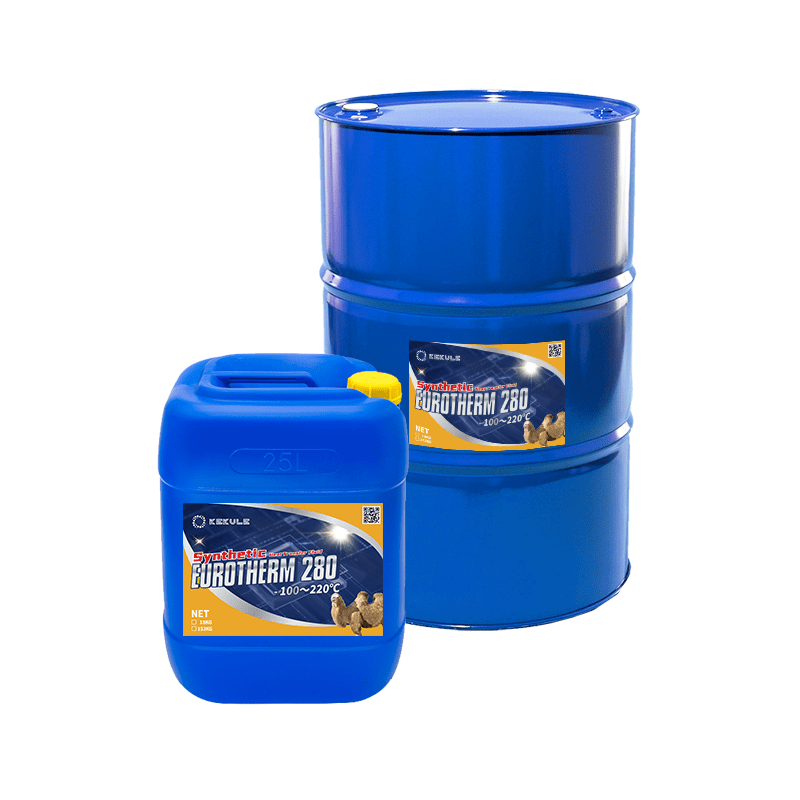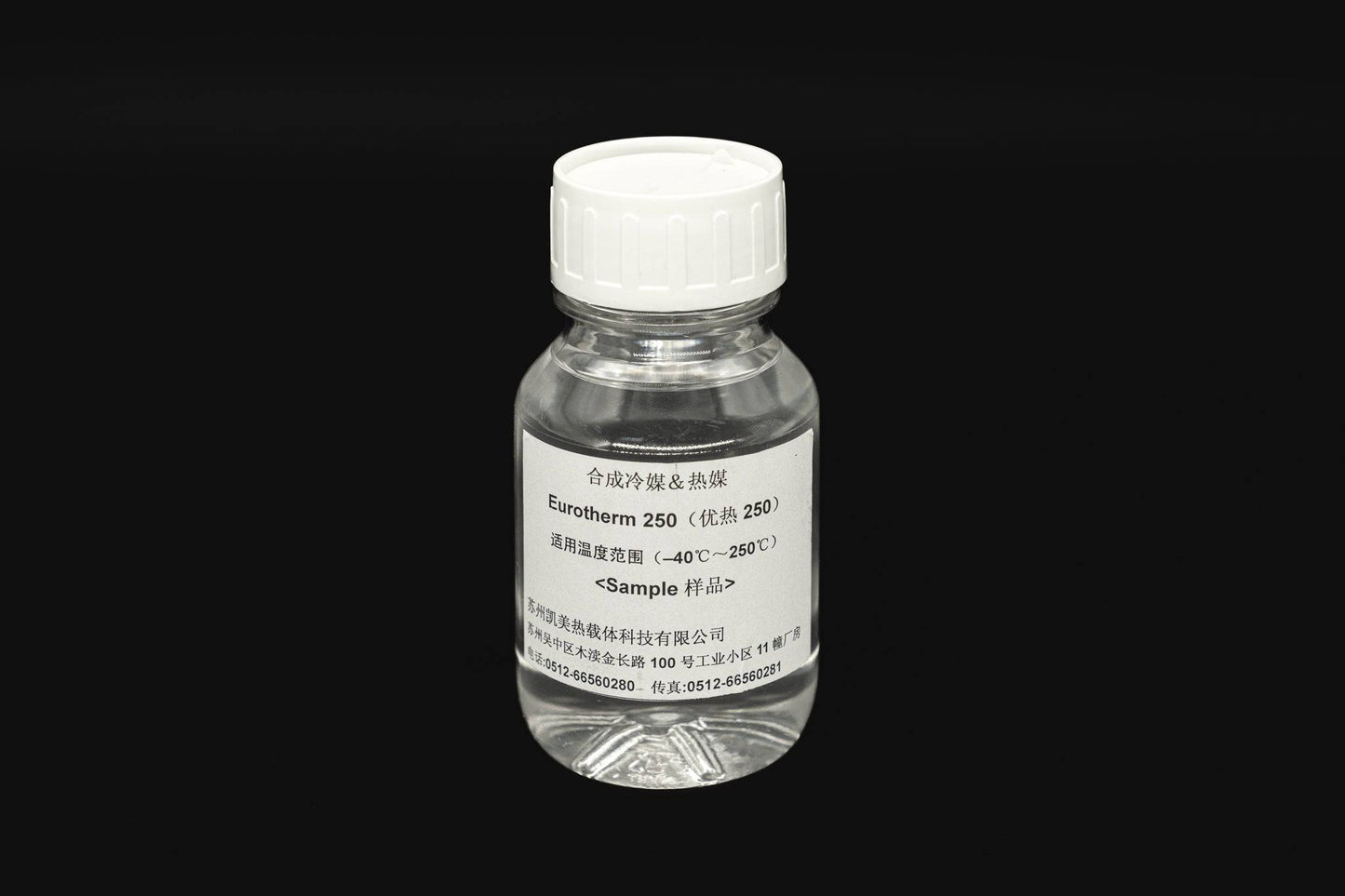Chemie Can Be Fun For Anyone
The Best Guide To Chemie
Table of ContentsThe Buzz on ChemieThe Definitive Guide for ChemieAll about Chemie3 Easy Facts About Chemie ShownThe 10-Minute Rule for Chemie4 Easy Facts About Chemie Explained
By Bojanna Shantheyanda, Sreya Dutta, Kevin Coscia and David SchiemerDynalene, Inc. Liquid air conditioning, which can be attained using indirect or straight ways, is utilized in electronic devices applications having thermal power thickness that might surpass safe dissipation via air cooling. Indirect fluid cooling is where warm dissipating electronic parts are physically divided from the fluid coolant, whereas in instance of straight cooling, the parts remain in straight contact with the coolant.In indirect air conditioning applications the electrical conductivity can be essential if there are leakages and/or splilling of the liquids onto the electronic devices. In the indirect cooling applications where water based fluids with deterioration preventions are usually made use of, the electric conductivity of the liquid coolant mainly depends on the ion focus in the fluid stream.
The rise in the ion concentration in a shut loop liquid stream might take place due to ion seeping from steels and nonmetal components that the coolant fluid touches with. Throughout operation, the electric conductivity of the liquid may increase to a degree which can be damaging for the air conditioning system.
The Ultimate Guide To Chemie
(https://www.tumblr.com/chemie999/772221566486495232/since-1995-chemie-stands-as-a-global-pioneer-in?source=share)They are grain like polymers that can exchanging ions with ions in a solution that it is in call with. In the present work, ion leaching tests were done with numerous metals and polymers in both ultrapure deionized (DI) water, i.e. water which is treated to the highest degree of purity, and reduced electrical conductive ethylene glycol/water blend, with the gauged adjustment in conductivity reported over time.
The examples were allowed to equilibrate at area temperature for 2 days prior to tape-recording the first electric conductivity. In all tests reported in this research study liquid electrical conductivity was determined to a precision of 1% making use of an Oakton disadvantage 510/CON 6 collection meter which was adjusted before each dimension.
The Facts About Chemie Revealed
from the wall surface home heating coils to the center of the heating system. The PTFE sample containers were placed in the furnace when consistent state temperature levels were gotten to. The examination configuration was gotten rid of from the heater every 168 hours (seven days), cooled to space temperature with the electrical conductivity of the fluid gauged.
The electrical conductivity of the fluid sample was kept track of for an overall of 5000 hours (208 days). Schematic of the indirect shut loop cooling down experiment set-up. Elements utilized in the indirect shut loophole cooling down experiment that are in call with the liquid coolant.

Chemie for Dummies
The modification in fluid electric conductivity was kept track of for 136 hours. The fluid from the system was collected and saved.

0.1 g of Dowex resin was included in 100g of fluid examples that was taken in a separate container. The mix was mixed and transform in the electric conductivity at space temperature was measured every hour. The gauged adjustment in the electrical conductivity of the UP-H2O and EG-LC test fluids including polymer or metal when engaged for 5,000 hours at 80C is shown Figure 3.
The Of Chemie
Figure 3. Ion seeping experiment: Calculated adjustment in electric conductivity of water and EG-LC coolants including either polymer or metal samples when submersed for 5,000 hours at 80C. The outcomes suggest that steels contributed fewer ions right into the fluids than plastics in both UP-H2O and EG-LC based coolants. This can be due to a slim metal oxide layer which might function as an obstacle to ion leaching and cationic diffusion.
Fluids including polypropylene and HDPE exhibited the least expensive electrical conductivity changes. This might be because of the brief, stiff, straight chains which are less most likely to contribute ions than longer branched chains with weaker intermolecular forces. Silicone likewise performed well in both test liquids, as polysiloxanes are typically chemically inert as a result of the high bond energy of the silicon-oxygen bond which would certainly avoid deterioration of the product into the fluid.
Not known Incorrect Statements About Chemie
It would be expected that PVC would certainly generate similar results to those of PTFE and HDPE based upon the comparable chemical structures of the materials, nevertheless there may be other impurities existing in the PVC, such as plasticizers, that might influence the electric conductivity navigate here of the liquid - silicone synthetic oil. Additionally, chloride teams in PVC can likewise leach into the test liquid and can create a rise in electric conductivity
Polyurethane entirely broke down into the examination fluid by the end of 5000 hour test. Prior to and after pictures of steel and polymer samples immersed for 5,000 hours at 80C in the ion seeping experiment.
Calculated modification in the electrical conductivity of UP-H2O coolant as a function of time with and without resin cartridge in the shut indirect air conditioning loophole experiment. The measured adjustment in electrical conductivity of the UP-H2O for 136 hours with and without ion exchange material in the loop is received Figure 5.